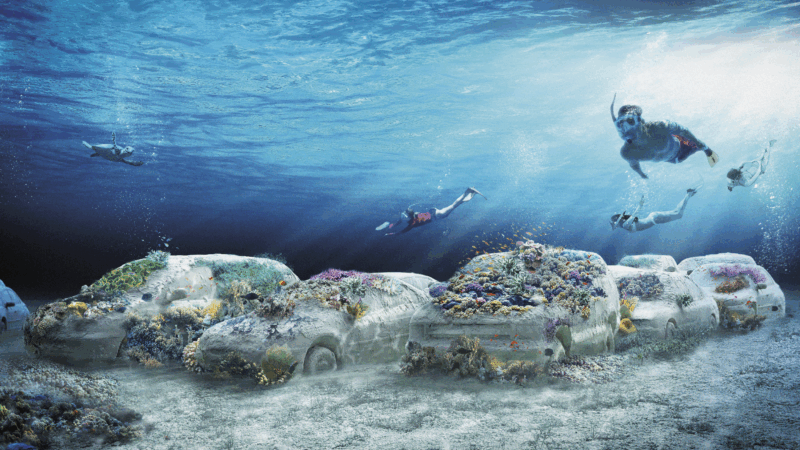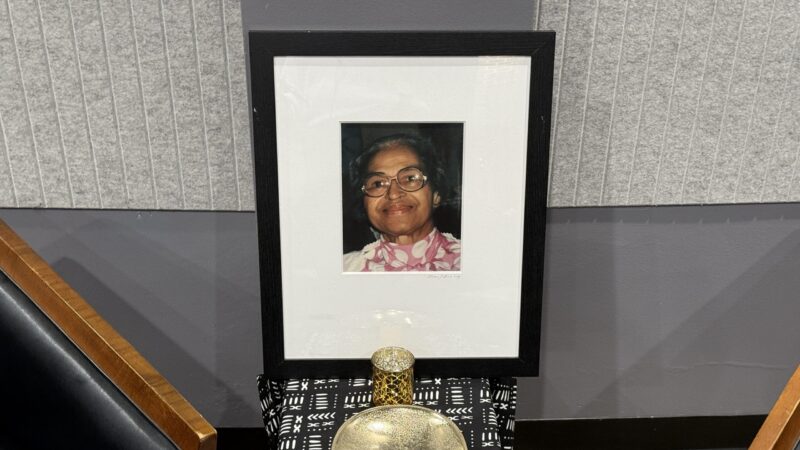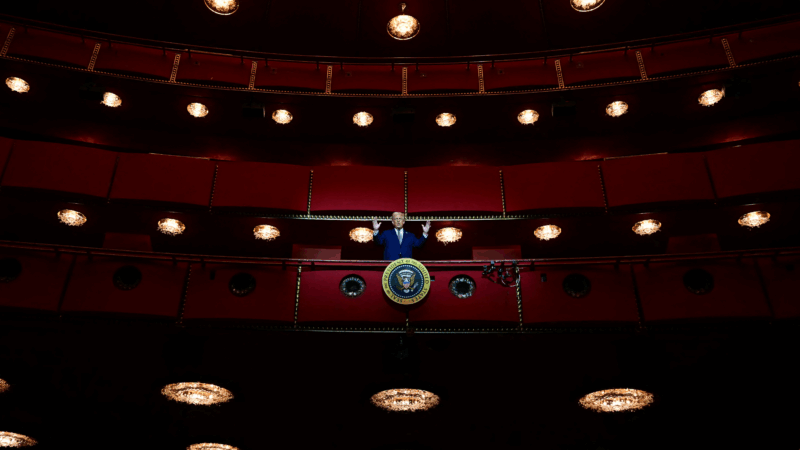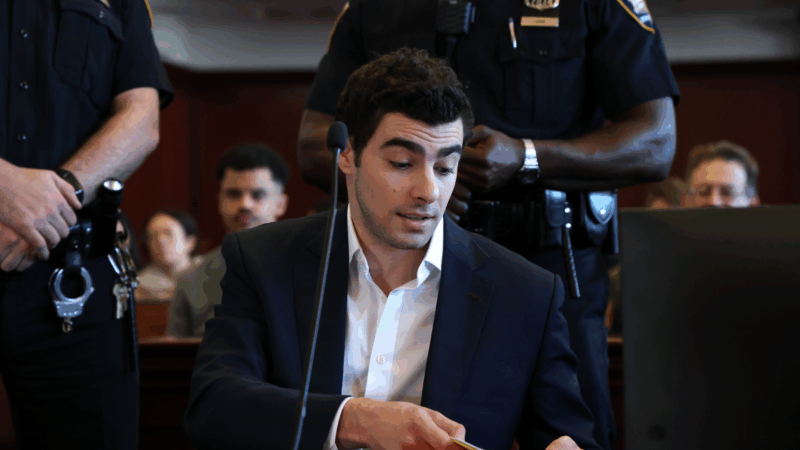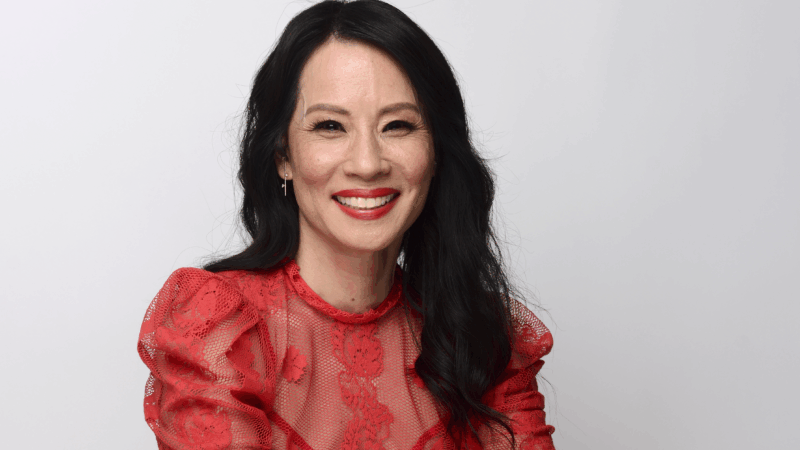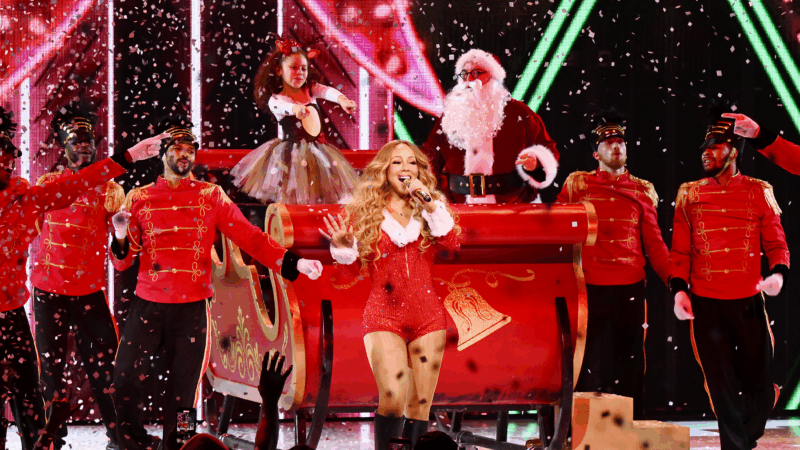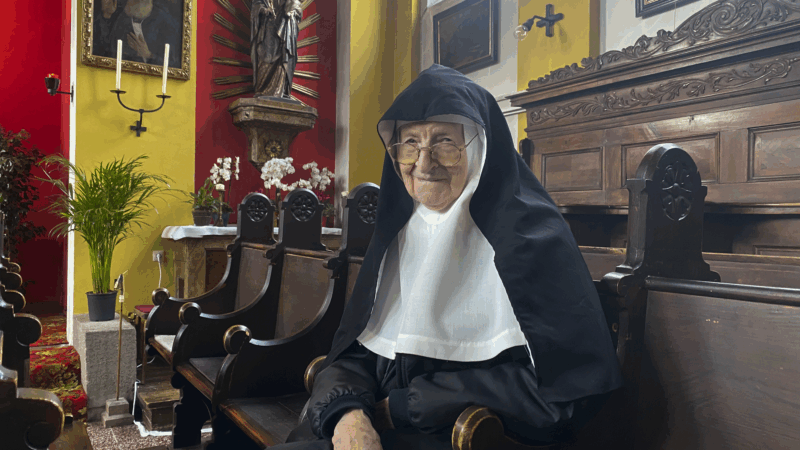Miami Beach puts the art in offshore artificial reef
MIAMI — In a warehouse, Colin Foord is a doting father overseeing a coral nursery.
His charges are a type of soft coral called gorgonians. “They’re a fundamentally important part of the Caribbean and Floridian coral reef habitat,” he says.
Foord tends to more than 2,000 tiny soft coral specimens growing in several large saltwater tanks. In each one, snails and hermit crabs help keep it free of algae. There are sea fans, sea whips and other species, some of which will eventually grow as big as 6 feet tall when they’re transplanted onto a major new project that’s beginning to take shape in the Atlantic Ocean near Miami Beach.
When complete, “Reefline” will be a 7-mile-long artificial reef within swimming distance of the beach. It’s an art installation, a restoration of the island’s coral habitat and an underwater tourist attraction. Plans call for it to extend the entire length of Miami Beach. The reef will be made up of a series of art installations — sculptures that are being cast from marine-grade concrete.
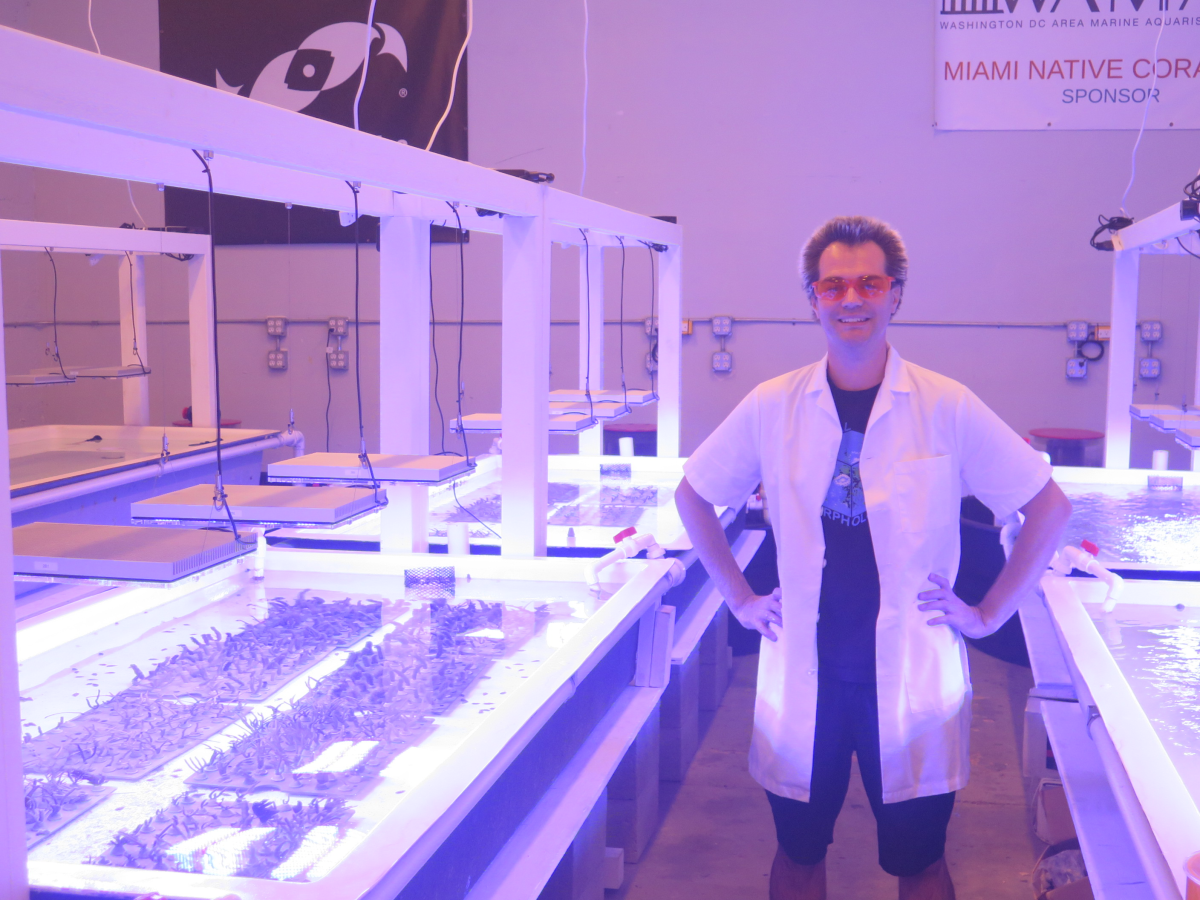
Foord’s passion for raising corals, the colorful colonies of tiny animals that build massive underwater reefs, is rooted in both science and art. He’s one of the founders of “Coral Morphologic,” an arts and science group devoted to researching and documenting coral reefs.
At his lab here, he collects and grows the corals that will be transplanted onto the Reefline project. Within a few years, the underwater concrete sculpture garden will be transformed into a colorful, living coral reef. “It’s only going to be in about 15 to 20 feet of water, about 700 feet off of Miami Beach,” he says. “So, anybody with a mask and fins will be able to go right out there and see it with their own eyes without even a boat.”
Reefline’s origins began several years ago when Foord was talking to arts curator Ximena Caminos. Caminos, originally from Argentina, calls herself a cultural placemaker. She’s overseen projects that have used the arts to revitalize neighborhoods in Buenos Aires and Miami Beach.
She’s turning that vision offshore to develop an ecotourism attraction that, half-jokingly, she calls public housing for fish. “We’re giving them, for free, new homes, fabulous artistic penthouses underwater where they can thrive,” she says. “They’re not so different from us at the end, you know. They also need a home.”

Reefline is funded in part by the city of Miami Beach through a $5 million bond approved by voters. Caminos, the project’s artistic director, is spearheading a campaign to raise $6 million more to fund its first phase.
That gets underway this month. It will be an installation of 22 cars, cast from concrete and arranged in an underwater traffic jam. “The cars … have the perfect morphology to plant corals,” she says. “The cars are kind of like flowerpots for corals. They’re perfect.”
This part of Reefline is the work of Leandro Ehrlich, one of several internationally known artists who’s contributing to the project. He says the corals, once they’re transplanted, will transform the underwater sculptures. “I think over time, the cars are going to disappear under the growth of coral,” Ehrlich says. “And I think this is really fantastic.”
The Reefline project will actually bring back to Miami Beach something it used to have. Until the 1970s, the island had an offshore coral reef. Over time, it was smothered by sand brought in to replenish the beach. Foord says, “Reefline is going to be able to … renew and re-create what used to be there.” On the new artificial reef, Foord is planning to use resilient corals collected locally that can withstand disease and warming ocean temperatures.

Caminos anticipates that completing the 7-mile-long project will take at least a decade. Part of the project will be an onshore marine learning center to educate visitors about the planet’s endangered coral reefs. She says the underwater sculptures, covered by coral, are intended to be visible from the air as people fly into Miami. She’s hopeful that one part of the installation’s next phase, a constellation of 57 giant sculpted starfish, may even one day become a symbol for the city.
A family reunion to commemorate the Montgomery Bus Boycott
This month marked the 70th anniversary of the historic Montgomery Bus Boycott. The demonstration was catalyzed when Rosa Parks refused to give up her seat on a bus. The boycott lasted over a year and is considered a spark of the Civil Rights Movement.
President Trump to add his own name to the Kennedy Center
The arts institution will be called the Trump-Kennedy Center. The president's press secretary said it comes after a unanimous vote by the center's board, which Trump took over earlier this year.
Mangione pre-trial hearing wraps, but judge won’t rule on evidence for months
After three weeks of testimony, a judge will now rule on whether evidence found in Mangione's backpack can be used in his state trial for the murder of UnitedHealthcare CEO Brian Thompson.
Lucy Liu on ‘Rosemead,’ rejection and returning to Mandarin
The child of Chinese immigrants, Liu didn't learn English until she was 5. She plays a terminally ill woman grappling with her teenage son's mental health crisis in Rosemead.
Mariah Carey’s ‘All I Want for Christmas Is You’ breaks an all-time chart record
With Carey's enduring Christmas hit, we may be looking at a record that borders on the untouchable.
Austrian nuns await word from the Vatican on whether they can stay in their convent
The three octogenarian nuns broke out of a nursing home to go back to live in their convent, sparking a dispute with their church superior. Both sides have appealed to the Vatican for a resolution.

